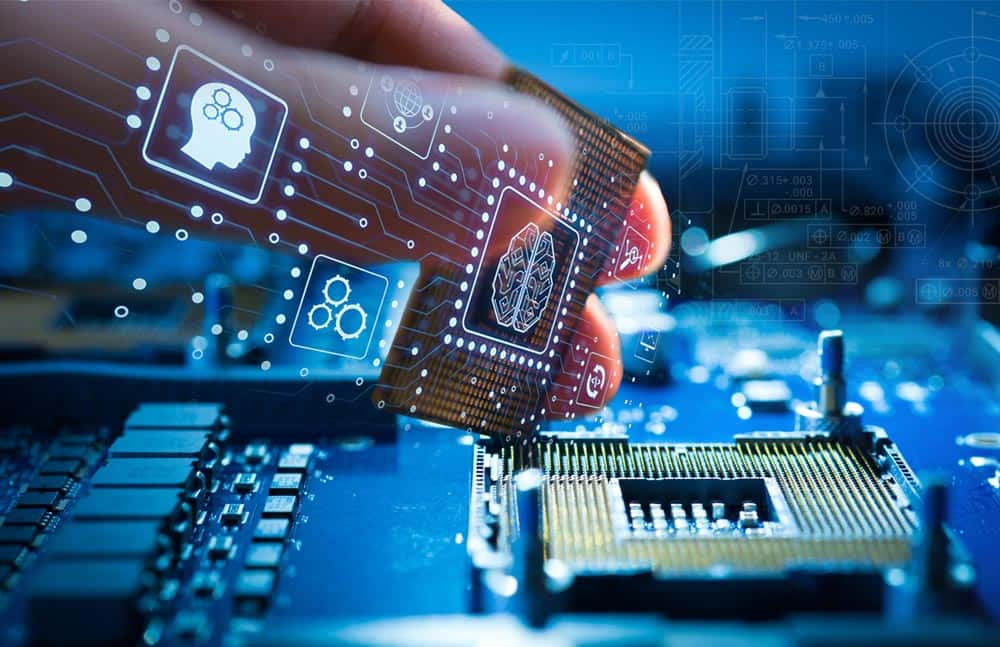The divide between software programs and hardware is widely known. But it’s now not as hard to bridge the distance between the two in IoT. In this text, Craig Oda explains three things developers must do when they need to start learning how to build IoT hardware.
In two years of organizing IoT workshops and meetups, I’ve spoken to hundreds of builders with hardware or software backgrounds. It’s uncommon to fulfill humans with both ability units. Combining hardware and software improvement is a warm area proper now, and it’s extraordinarily smooth to construct IoT hardware prototypes with expert equipment.
If you’re a software developer and want to learn more about IoT hardware development, here are three points.

1. Use a present IoT cloud
Your hardware will want to hook up with the cloud so you can check it. Don’t waste time constructing your very own cloud infrastructure. Amazon, Google, Microsoft, and IBM offer sizable cloud-primarily-based offerings for IoT statistics and device control. Instead of constructing your device, evaluate the following services:
- AWS IoT
- Azure IoT Suite
- Google Cloud IoT
- IBM Cloud IoT
- As the more significant cloud offerings may be hard to start, I propose two more minor services with accessible knowledge of the curve.
- Bug Labs
- Medium One
The cloud services above use IoT requirements for information transmission, so it’s feasible to transport your hardware device between clouds. Bug Labs is the easiest carrier to use. You can send IoT sensor statistics to their cloud in minutes. My personal favorite is Medium One. It provides an easy way to connect and an excellent online IDE to construct custom Python workflows using IoT information. Setting up Bug Labs or Medium One will take less than 30 minutes. In my experience, the average attendee takes 15 minutes to connect their IoT board to these offerings.
All of the offerings provide a dashboard to see the records from your IoT board. My IoT board has onboard sensors for humidity, sound, air strain, and temperature, as shown in the instance below.
2. Use a professional IoT dev package
Although many people start with a Raspberry Pi or an Arduino, this technique is usually best for a small prototype. A massive-scale industrial IoT gadget has hundreds or masses of devices. To get the hardware size, sensors, connectivity, and electricity usage matched to the IoT system, builders must broaden a custom IoT hardware tool, starting with the microcontroller or MCU.
Initially, this sounds daunting to a software program developer without a history in electronic engineering. If they look at electronics parts distributors like Arrow, Avnet, or Digi-Key, they’ll see many MCU developer kits. The number of choices is overwhelming and drives many people to return to the comfortable Raspberry Pi or Arduino.
A clear choice is to apply a $35 dev board from Renesas, a massive global electronics business enterprise and the arena’s largest maker of microcontrollers. Renesas was formed via a joint venture with NEC, Hitachi, and Mitsubishi Electric. It currently acquired Intersil for $3. 2 billion. Renesas is offering a 50% off coupon on their IoT Fast Prototyping Kit.
The Renesas board connects to all the cloud structures noted above and includes free access to a full IDE known as e2 Studio, which is primarily based on Eclipse CDT. The layout documents are also available.





